The next evolution
in leadless technology
At Abbott, we adapt quickly to changes in the world around us, harnessing leading-edge science and technology to deliver the best possible solutions for some of the world’s most important health challenges. Medical devices, like the Abbott AVEIR™ VR Leadless Pacemaker, use the most advanced technologies to keep hearts beating more regularly.
Watch the video below to learn more.
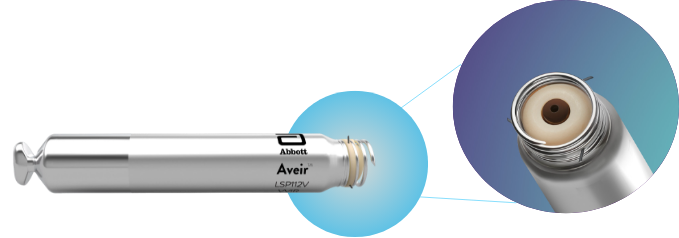
Chronic retrieval
AVEIR VR Leadless Pacing is designed for chronic retrieval using a dedicated retrieval catheter.1
Active Fixation Helix
AVEIR VR Leadless Pacemaker active fixation helix uses a screw-in mechanism to enable both implantation and chronic retrieval of the Leadless Pacemaker.1



The AVEIR VR LP's predicate device has an overall chronic retrieval success rate of 92.5% for implants ≥ 5 years.1,2
Long Lasting
*Battery longevity estimates based on projections derived from published technical specifications and the ISO standard settings1,3
ISO Standard settings: 4.7 yrs Micra / 10.3 yrs AVEIR VP Leadless Pacemaker: VVIR bpm, 2.5V @0.4 ms, 600Ω, 100% pacing

Up to
Twice the
Projected Longevity
of current VR leadless pacemakers based on ISO standard settings1,3*
AVEIR VR Leadless Pacemaker has more than double the battery capacity of current leadless pacemakers (243 mAh1 vs 120 mAh3)
Mapping prior to fixation
AVEIR VR Leadless Pacemaker can measure R-waves, impedance, and an initial capture threshold before fixation by simply touching the electrode to the endocardial tissue.1,4 AVEIR VR Leadless Pacemaker is engaged with a rotational motion into the endocardium.
AVEIR VR Leadless Pacemaker mapping capability is designed to help reduce the number of repositioning attempts.1,4
83.2% of patients had successful implants with no repositioning attempts4
96.4% of patients had successful implants in 1 or less repositioning attempts4
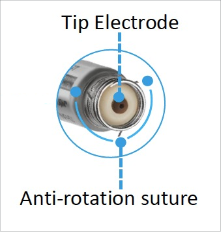
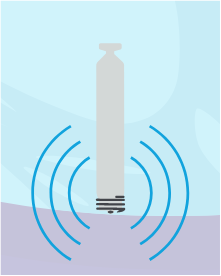
Life-Changing Innovation
Dual-Chamber System Expandability
The software for AVEIR VR Leadless Pacemaker was designed for expandability to a dual chamber system to be introduced to the AVEIR VR system via software updates in the future, upon regulatory approval.1**
AVEIR is 1.5T and 3T MR Conditional
AVEIR is MR Conditional for full body scans using a 1.5T or 3T field strength MRI scanner.***
Learn about the AVEIR VR Leadless Pacemaker implantation and retrieval processes
View the Clinical Study
References
* Battery longevity estimates based on projections derived from published technical specifications and the ISO standard settings
** The LP device electronics are designed to be enabled by future software, upon regulatory approval, to support dual chamber pacing in the future. Dual chamber pacing system is currently in clinical trial (ClinicalTrials.gov NCT #05252702) and limited to investigational use only
***For additional information about specific MR Conditional, including warnings, precautions, adverse conditions to MRI scanning and potential adverse events, please refer to the MRI-Ready Leadless Systems Manual at medical.abbott/manuals or check our MRI Ready resources at cardiovascular.abbott/mriready
1. Aveir™ VR Leadless Pacemaker and Delivery Catheter IFU. ARTEN600175956
2. Reddy, VY, et al. Worldwide Experience with Leadless Pacemaker Retrievals at 9 years. Presented at 15th Asia Pacific Heart Rhythm Society (APHRS) Scientific Session; Nov 18-20, 2022; Singapore.
3. Micra‡ VR IFU M991010A001 REV. B
4.Reddy, VY et al. Primary Results on Safety and Efficacy from the LEADLESS II-Phase 2 Worldwide Clinical Trial, JACC: Clinical Electrophysiology, 2021, ISSN 2405-500X, https://doi.org/10.1016/j.jacep.2021.11.002.
Additional References
a. Sattar et al. Complications of leadless vs conventional (lead) artificial pacemakers - a retrospective review. Journal of community hospital internal medicine perspectives vol. 10,4 328-333. 2 Aug. 2020, doi:10.1080/20009666.2020.178690
b. Reddy VY, Cantillon DJ, John IP . San Francisco, CA: 6 May 2016. A comparative study of acute and mid-term complications of leadless vs transvenous pacemakers. Late-Breaking Clinical Trials II. Presented at Heart Rhythm Society 2016; pp. 02–04. Abstract LBCT.
MAT-2210338 v1.0 | Item approved for Canada use only.

